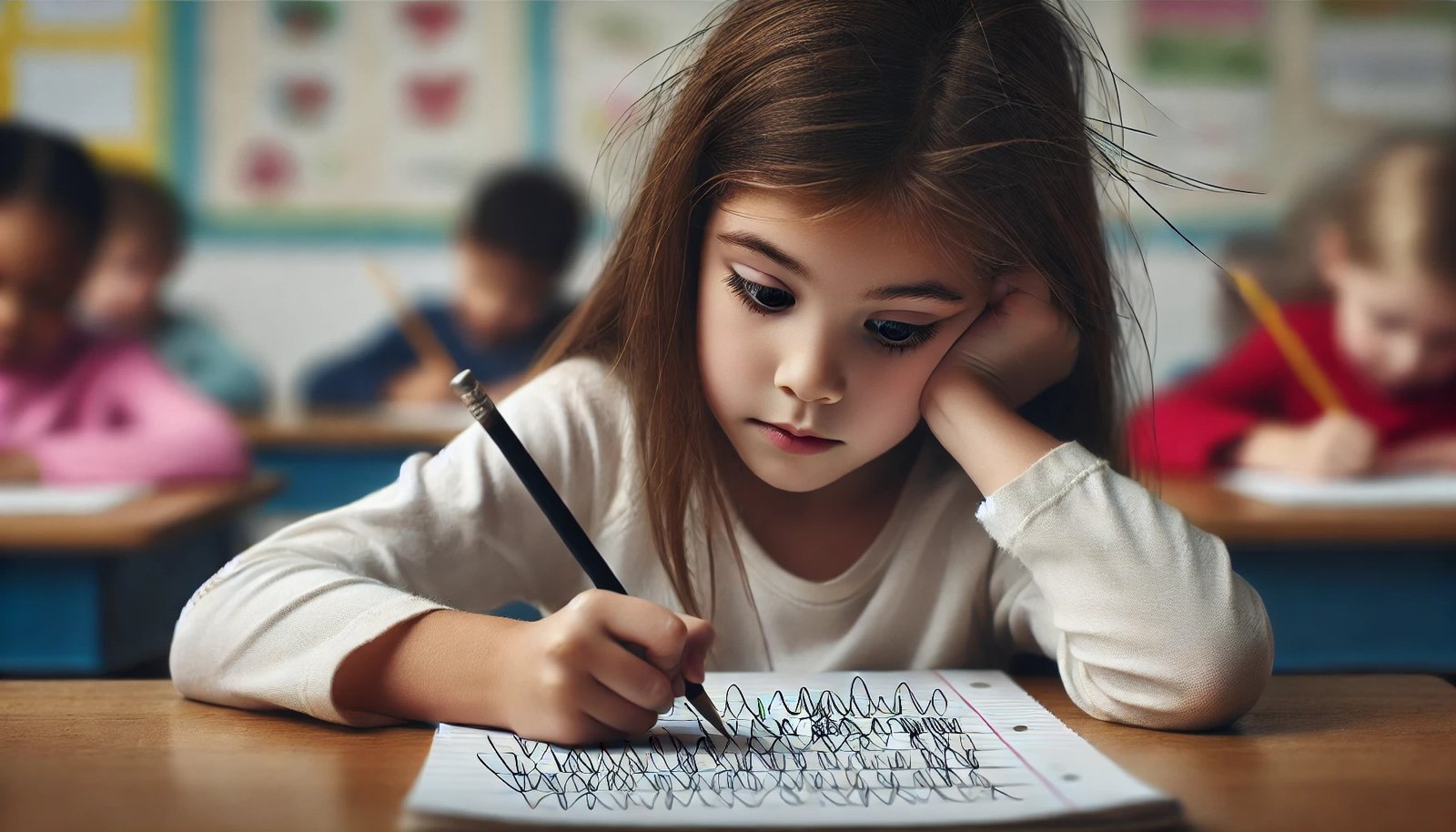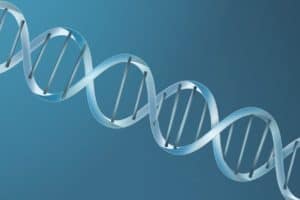Understanding Combined Attention Deficit Hyperactivity Disorder (ADHD Combined)
Attention Deficit Hyperactivity Disorder (ADHD) is a neurodevelopmental condition that affects a person’s ability to focus, control impulses, and regulate hyperactivity. When we talk about Combined ADHD, we refer to the combination of the two main subtypes: inattentive ADHD and hyperactive-impulsive ADHD. This means the person experiences significant symptoms of both subtypes.
This article is designed to help parents, educators, and individuals with Combined ADHD understand this condition, manage its challenges, and seek effective solutions.
What is Combined ADHD?
In Combined ADHD, children and adults exhibit:
- Symptoms of inattention, such as:
- Difficulty focusing on tasks.
- Disorganization.
- Forgetting important details.
- Avoiding activities that require sustained attention.
- Symptoms of hyperactivity and impulsivity, such as:
- Talking excessively or interrupting others.
- Difficulty staying still or seated.
- Acting without thinking about the consequences.
- Constant feeling of restlessness or being “on the go.”
This combination can significantly impact daily life, education, and interpersonal relationships, especially if not properly managed.
How to Manage Combined ADHD?
For Parents and Educators:
- Education and Understanding:
- Learn about ADHD. Understanding that it is a neurobiological condition and not a lack of willpower or discipline is crucial for managing it with empathy.
- Structure and Routines:
- Establish consistent schedules for daily activities such as meals, homework, and playtime.
- Use visual reminders like task lists, calendars, or timers.
- Break Tasks into Smaller Steps:
- Help children break down large tasks into smaller, manageable steps.
- Positive Reinforcement:
- Acknowledge and celebrate achievements, even small ones.
- Use rewards to motivate children to complete tasks.
- Create an Adequate Learning Environment:
- Minimize distractions at home and in the classroom.
- Provide opportunities to move, such as active breaks during lessons.
- Communicate with Professionals:
- Work with therapists, psychologists, and teachers to develop a comprehensive support plan.
For Individuals with Combined ADHD:
- Self-awareness:
- Learn about your symptoms and how they affect your daily activities. This is the first step to managing them.
- Organizational Techniques:
- Use tools like organizational apps, alarms, or planners.
- Prioritize important tasks and avoid excessive multitasking.
- Relaxation Practices:
- Incorporate breathing exercises, mindfulness, or yoga to reduce stress.
- Support Network:
- Join support groups where you can share experiences and advice with others living with ADHD.
Therapies and Available Supports
- Cognitive Behavioral Therapy (CBT):
- Helps individuals with ADHD develop skills to manage symptoms, regulate emotions, and improve interpersonal relationships.
- Occupational Therapy:
- Teaches strategies to manage daily life, from personal organization to emotional regulation.
- Educational Interventions:
- Individualized Education Plans (IEP) and school supports tailored to the child’s needs.
- Medication:
- Under medical supervision, medications can help improve focus and reduce hyperactivity and impulsivity.
- ADHD Coaching:
- Specialized coaches help develop healthy habits and achieve personal and professional goals.
Teaching Children to Manage Combined ADHD
- Talk Openly:
- Explain what ADHD is in a simple and positive way.
- Reinforce that they are not alone and that many tools are available to help them.
- Develop Self-control Skills:
- Teach them to identify how they feel before acting impulsively.
- Use techniques like counting to ten or taking deep breaths.
- Foster Self-esteem:
- Emphasize their talents and successes. Everyone has something unique to offer!
- Visual Routines and Games:
- Use schedules with images or colors to follow a daily structure.
- Introduce games that involve following rules and taking turns.
- Promote Physical Activity:
- Activities like sports, walks, or dance help channel energy and improve focus.
Conclusion
Combined ADHD can be challenging, but with the right strategies, individuals can thrive. Parents, educators, and individuals with ADHD have access to a variety of resources and therapies that can make a significant difference. The most important thing to remember is that every child and adult is unique, and with support and understanding, they can reach their full potential.
In Resources, you will find materials designed to help parents and educators, with tools to promote inclusion and activities for children to understand what they are experiencing and how to manage it positively. Our goal is to provide families and educators with the knowledge and tools needed to build a more inclusive and empathetic environment. Explore and join us in raising awareness together!













